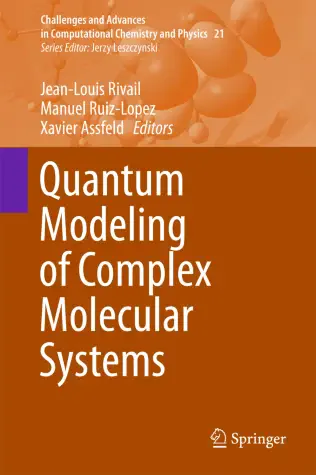Exploring Chemical Reactivity in Enzyme Catalyzed Processes Using QM/MM Methods: An Application to Dihydrofolate Reductase

Abstract
In this work, we explored the origin of the extraordinary rate enhancement exhibited by enzymes, the catalysts used by living organisms to accelerate chemical processes under physiological conditions. We illustrated the current understanding of this phenomenon based on molecular simulations, particularly focusing on methods that combine Quantum Mechanics and Molecular Mechanics (QM/MM) potentials. These methods provide a robust framework for addressing the chemical reactivity of large and complex molecular systems. Using Dihydrofolate Reductase as a case study, we analyzed the evolution and challenges associated with modeling chemical reactivity in enzymes. Our results demonstrate that experimental observations can be understood within the framework of Transition State Theory, provided that appropriate simulations are performed. We highlighted the essential roles of protein dynamics, quantum tunneling effects, and conformational diversity in explaining the complex behavior of these remarkable molecular machines.